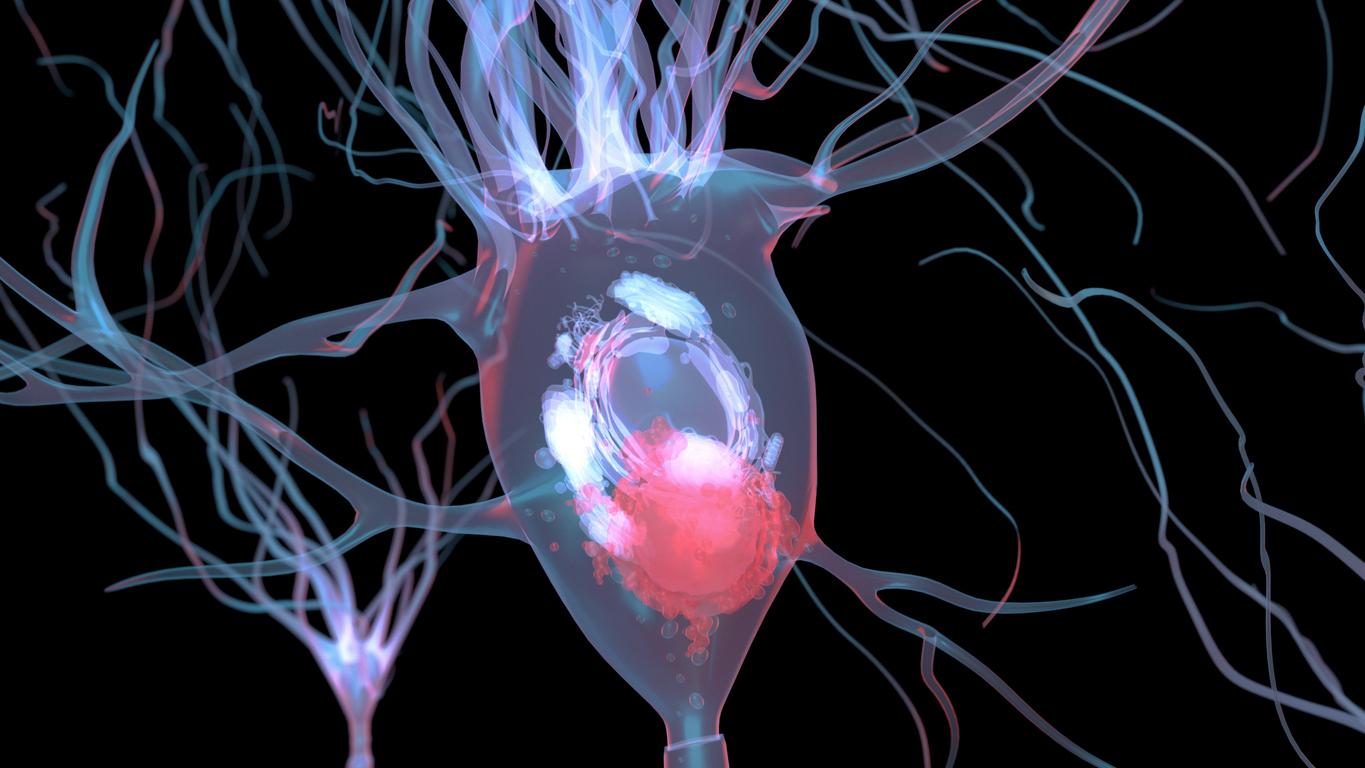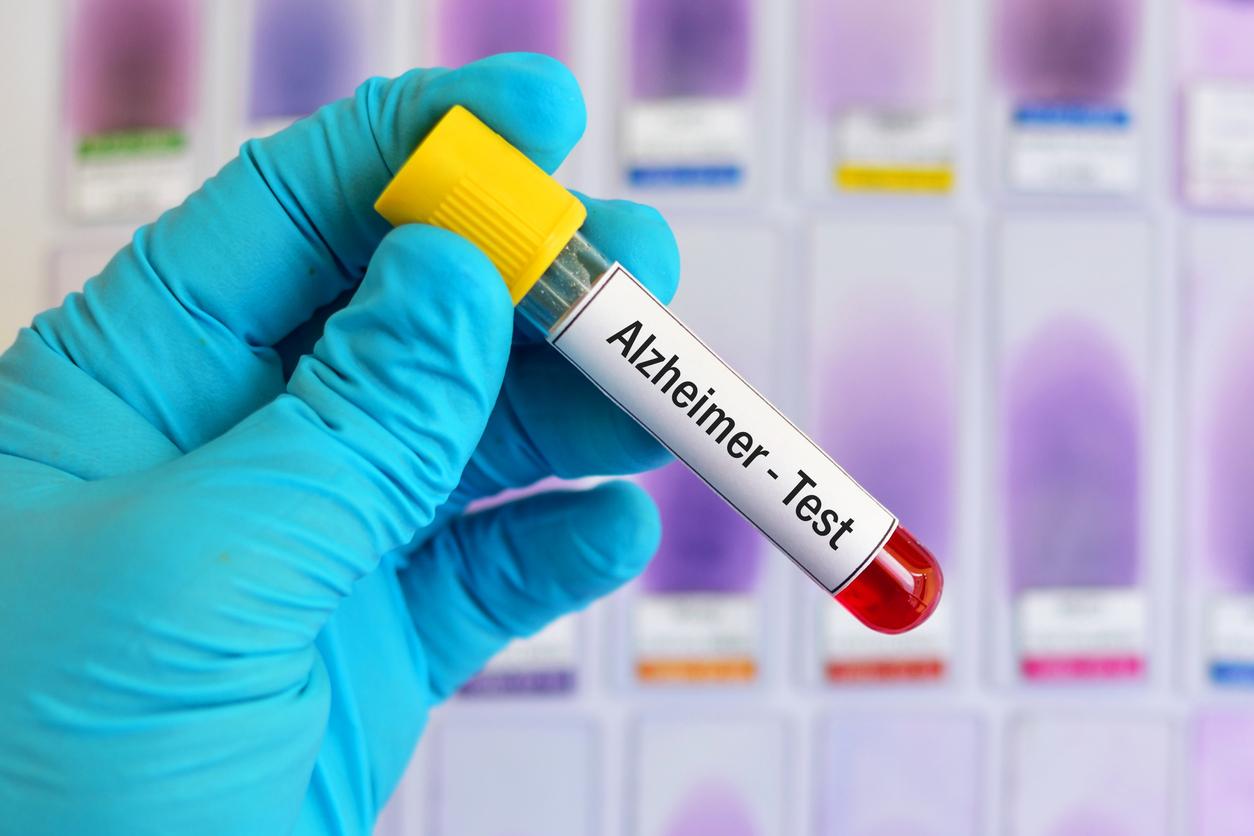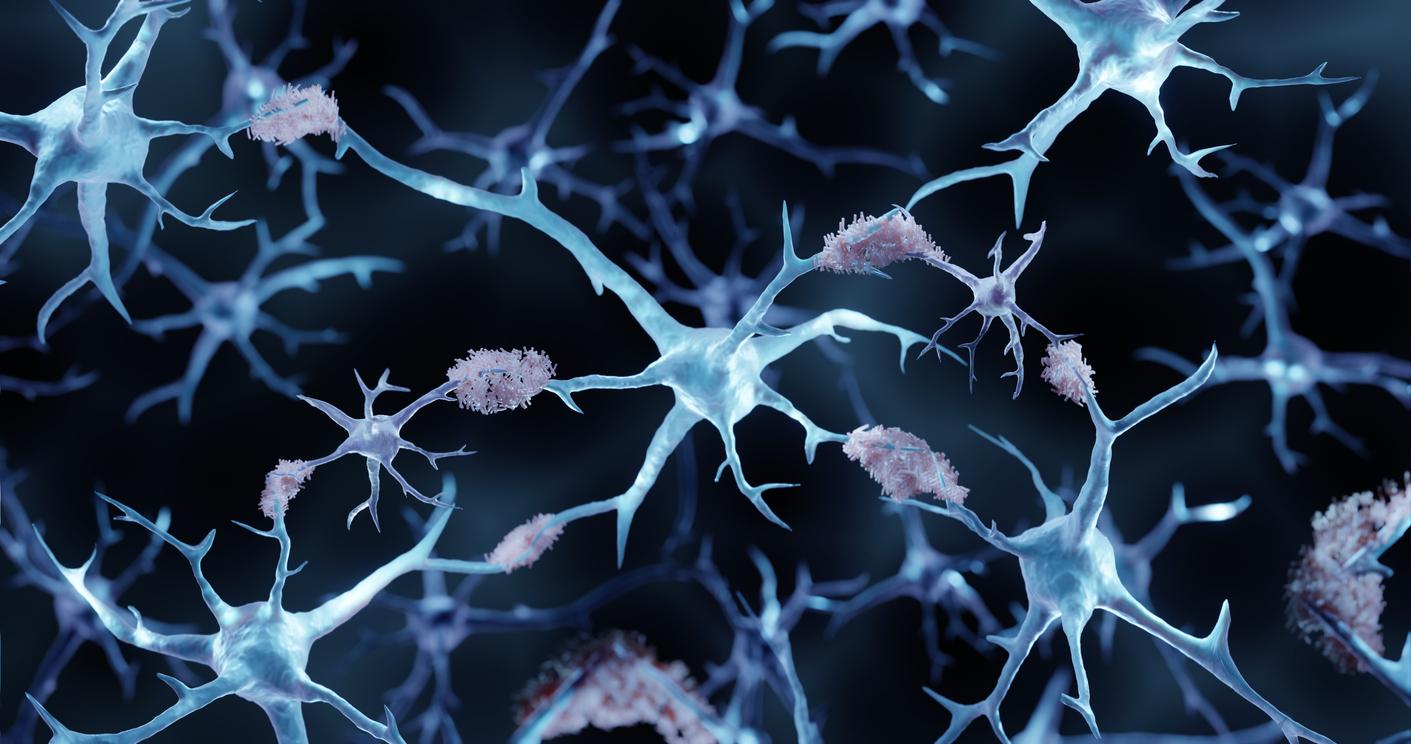Researchers have developed a test capable of identifying biomarkers of Alzheimer’s disease in cerebrospinal fluid and thus diagnosing pathology much earlier.

- Researchers have developed a test capable of spotting small amounts of tau protein in the cerebrospinal fluid likely to agglomerate later.
- These piles of tau protein are a sign of Alzheimer’s disease.
- Early detection of the disease improves the management of pathology and slowing down its progress.
The tangles of the Tau protein in neurons are one of the signs to diagnose Alzheimer’s disease with confidence. The University of Pittsburgh Faculty of Medicine has developed a test that can identify pathology up to 10 years before the appearance of these clusters on scanners.
It is capable of detecting small amounts of the tau protein in cerebrospinal fluid, and potentially blood, according to an article published in the journal Medicine nature February 10, 2025.
The test identifies tau problematic proteins in the cerebrospinal fluid
By studying the TAU protein, the researchers noticed that its central region is linked to the formation of the tangle questioned in Alzheimer’s disease. “Sites detection in this central region of 111 amino acids – a sequence they (scientists) call TAU258-368 – can identify Tau proteins subject to agglutination and help initiate other diagnoses and early treatment . The aggregation of the Tau protein at an early stage which, with an appropriate intervention, could be reversed “explains the press release.
With this new knowledge, the team has developed the test capable of identifying the Tau proteins, carrying these specificities and therefore more likely to agglomerate in neurons, in cerebrospinal fluid.
“Our test identifies the very early stages of the formation of the tau tau – up to a decade before tau clusters appear on a brain scanner”, Indicates the main author Thomas Karikari, deputy professor of psychiatry at the Pitt School of Medicine.

Alzheimer’s: detect tau proteins very early to better fight against the disease
Early detection of Alzheimer’s disease is a key point in the fight against neurodegenerative pathology. “The beta amyloid is a small wood and the tau protein is a match”adds the researcher. “A large percentage of people who have beta-amyloid deposits in the brain will never develop dementia. But once the tangles of tau protein appear on a cerebral scanner, it can be too late to turn the fire and their cognitive health can quickly deteriorate. Liked to develop a cognitive decline associated with Alzheimer’s disease which could benefit more from new generation therapies. “

















